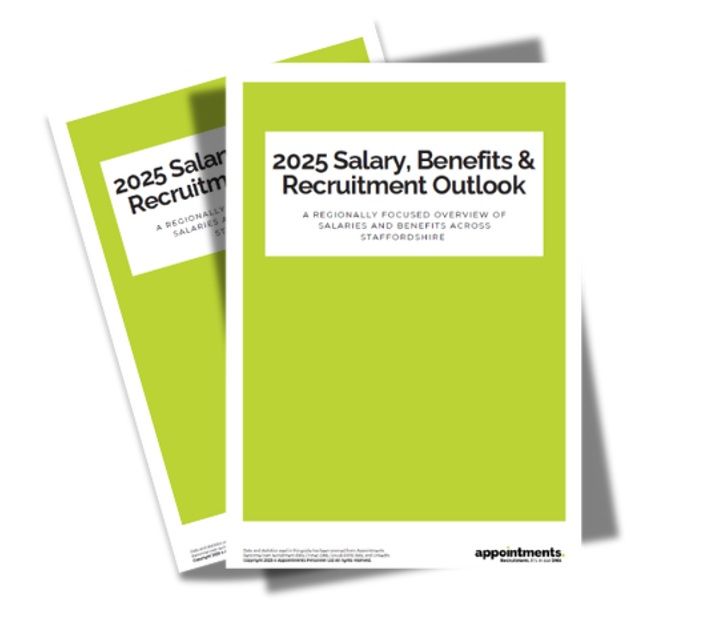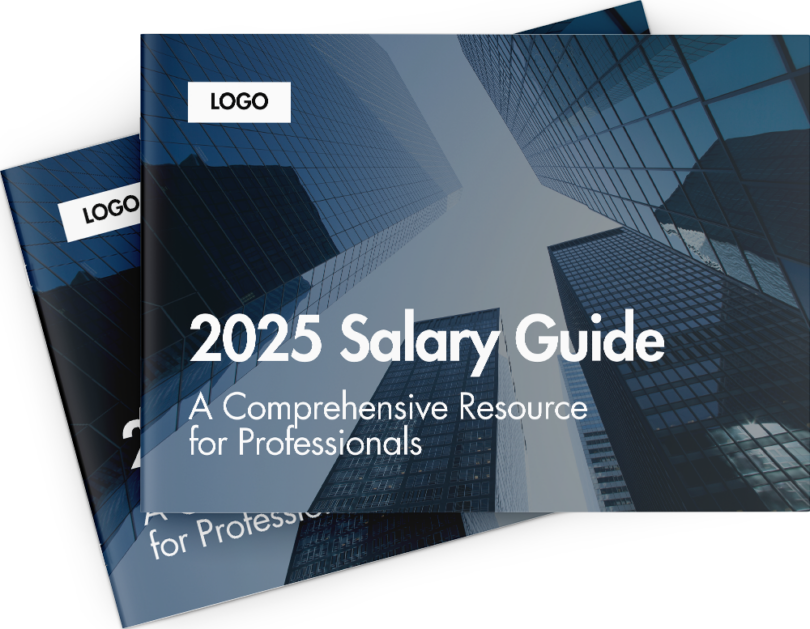Are you ready to recruit?
The beginning of the year is always a really popular time for people looking for a new job after having time to think about what they want in the new year over the holiday break. If you want to pick up the best candidates for your recruitment drive, you’ll need to make sure you’re ready to take advantage of this busy period of job switching.
But the job market has changed a lot over the past couple of years following the pandemic. The candidate is king with record numbers of jobs available and less applicants per job. Even though the economy is slowing we’re not seeing the slow down many predicted and there are still lots of vacancies out there with employers struggling to recruit the right candidates. Gone are the days where employers could take their pick from the cream of the crop and take their time to make sure they get the right person for the job. So it’s important to be ready to act quickly, once you start your recruitment process.
Of course, it’s still important to get the right person for the job, but the recruitment process is much quicker than it was. We’ve pulled together some tips to help you make sure you’re ready to recruit.
Pick your start date and get everything in order
With a smaller pool of candidates becoming much more sought after, delays could result in your ideal candidate being snapped up by another employer, before you’ve had chance to get your contracts signed and sealed. The candidate market is moving fast! Gone are the days of being able to mull over your interviewees and invite them back for second or even third interviews. There are fewer active jobseekers on the market at present, which creates a greater demand from employers who are making employment offers soon after the first interview (sometimes during the interview itself!)
So it’s a good idea to get all your ducks lined up before you release that job advert. Pick a desired start date for your new recruit and work back by 6 weeks – this will enable you to act fast when you find the right person.
Make sure you have everything in place in the background. Are your offer letters and employment contracts up to date? If not, make this one of your first tasks.
Have you decided on the work model? Hybrid or remote working is here to stay. Staff have proved to their employers from the outset of the pandemic that they can be trusted to work remotely without any loss in productivity, so be clear what is on offer from the outset. This could be the difference that helps you seal the deal and beat other jobs offers.
Check job specification and employer brand
You’ve identified your start date and are all set up from a HR perspective. Next step – the job spec – does this reflect your employer brand.
It’s just as important for you as an employer to sell your organisation to a job seeker as it is for them to impress you. Today’s candidates are not simply all about salary, they want to know about your culture, the flexibility of the role, if they are the right fit for the company as well as the job, and what progression opportunities are available.
Take a fresh look at your job spec and make sure it sells you as an organisation too. In today’s digital world, you could include video or image led content to give applicants a behind the scenes look at you and your organisation. Make sure there is back up information on your website. Consider using employee quotes or testimonials on how much they love working there, tell them about any awards you have won, and don’t’ forget the all-important benefits package. Whatever makes you stand out as an employer, make sure you’re shouting about it.
Not just about Salary
Salary alone isn’t everything when it comes to moving jobs, but make sure you are open and transparent about it. Job seekers are more likely to apply for a job if it states the salary. They don’t want to waste their time and your time applying for something significantly below, or too far above their current pay grade.
As an employer you also need to make sure you are compliant with all the latest wage laws. The National Minimum Wage and National Living Wage will rise again in April 2024, so if you are offering at this level make sure you are up to speed with these changes.
If you are unsure where to pitch your salary, we have a useful salary guide, which will help you make sure your salary is competitive in the local area of Staffordshire and Cheshire. We also provide tips on what other perks and benefits you could offer to make your package more attractive to prospective candidates.
Interview format
Make sure you know who is going to be involved in the process, when are they available, make sure they’re all clear on the purpose of the role and what you’re looking for. Your person spec should reflect what skills and experience your ideal candidate should have to help you objectively assess interviewees during the interview process.
Also, what type of interview do you plan to hold? First stage interviews could be done via Teams or Zoom to speed up narrowing down the number of face to face interviews needed. Will you be asking for tasks to be completed? If so, make sure you give your candidates clear instructions and time to prepare.
Be ready to move quickly
Whilst you don’t want to rush and make the wrong decision, you do need to be quick off the mark when it comes to making offers. Remember, candidates have many options available to them but if you have put a robust structure in place right from the start, you will be in a better position to make that all important offer quickly to make sure you don’t miss out.
Get more support from us
For more support on interviewing and recruitment, get in touch. You may want to attend our webinar on interview techniques for managers to find out more.
Book our free recruitment audit now, to see if you’re ready to snap up candidates looking to move jobs at the start of the year.










